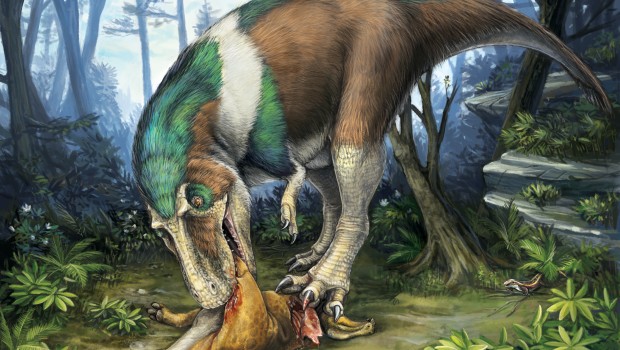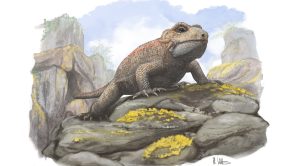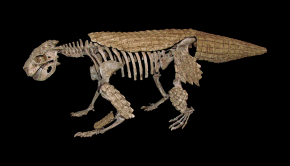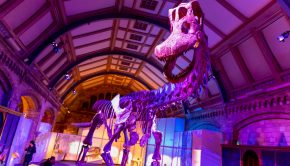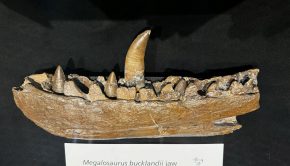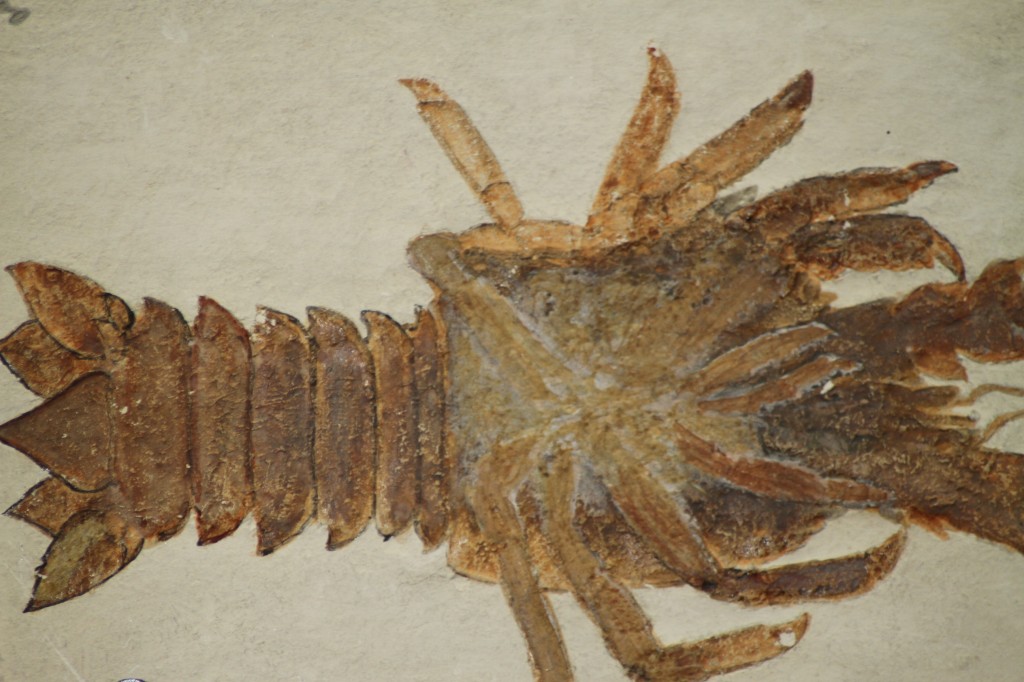Theropod tooth development
A new study out today has looked at the tooth development of theropod dinosaurs and found they had a novel morphology of the serrated teeth. Lead author Kirstin Brink of the University of Toronto had this to say:
“Most theropod dinosaurs, like Tyrannosaurus rex, are well known for having large, ferocious serrated teeth (like the serrations on a knife). Although known in most theropod dinosaurs, the presence of serrations on the cutting edges of teeth are only found in one living terrestrial animal, the Komodo dragon. Myself and colleagues from the University of Toronto Mississauga, the Royal Ontario Museum, Toronto, and the National Synchrotron Radiation Research Center, Taiwan, examined the microanatomy of theropod dinosaur teeth in detail to understand the development and purpose of this type of tooth in predatory dinosaurs. We used several methodologies, including histology (making thin sections through teeth to examine under a microscope), scanning electron microscopy, and synchrotron radiation analysis (to examine the detailed composition of the teeth).
Results show that the dental tissues that make-up each serration are the same as the tooth tissues in all animals with teeth, even humans. All teeth are made up primarily of dentine, the tissue on the inside of the tooth, and enamel, the tissue on the outside of the tooth. However, the structure and arrangement of these tissues is modified in theropod dinosaurs in a way that has never been seen in any other animal. Two special layers of dentine are present at the junction of each serration, at the base of what appears to be a crack between each serration that might have been created while the dinosaur was eating. In order to investigate whether these tooth tissues were created as a reaction to pressure applied to the tooth during feeding or whether they were developmental, we also examined unerupted teeth, meaning teeth that were present in the jaws but were not yet mature enough to be used during feeding. We found that even the unerupted teeth possessed this unique anatomy, suggesting that these structures are developmental and were not created by stress applied to the teeth through feeding. The special layers of dentine and deep channel between each serration actually help to enlarge and strengthen the serration, thereby reinforcing the tooth and allowing for a more efficient bite.
Our study shows that the microanatomy of serrations in theropod dinosaurs represents a developmental novelty that likely was a major contributor to the success of this clade of predominantly predatory dinosaurs. Theropod dinosaurs that might have eaten fish or insects (for example, Spinosaurus or Troodon) do not have these special adaptations in their dentition, only those that likely ate large prey (for example, Tyrannosaurus and Allosaurus).”
Top image: Gorgosaurus using its specialized teeth for feeding on a young Corythosaurus in Alberta, 75 million years ago. Painting by Danielle Dufault.
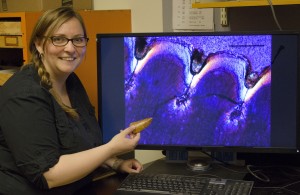
Lead author Kirstin Brink, University of Toronto Mississauga, with the tooth and thin section of the large theropod Carcharodontosaurus.

